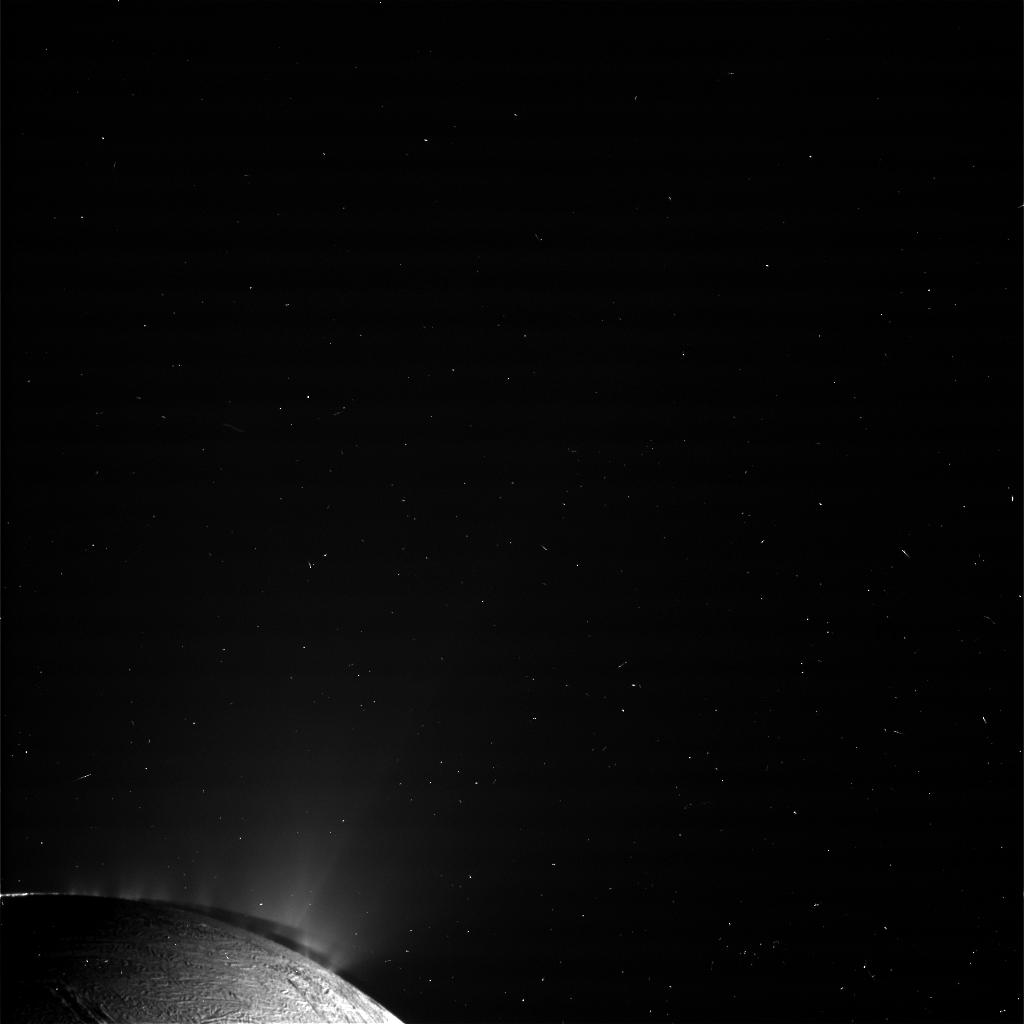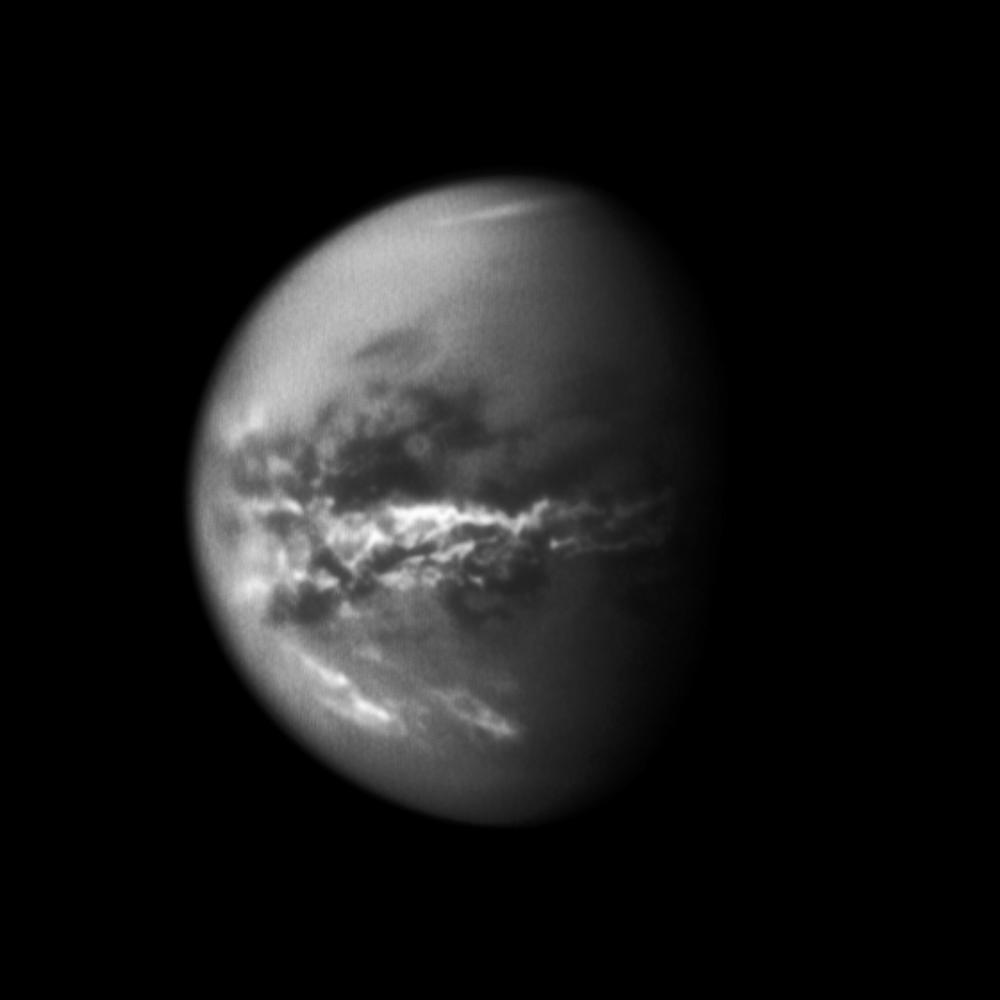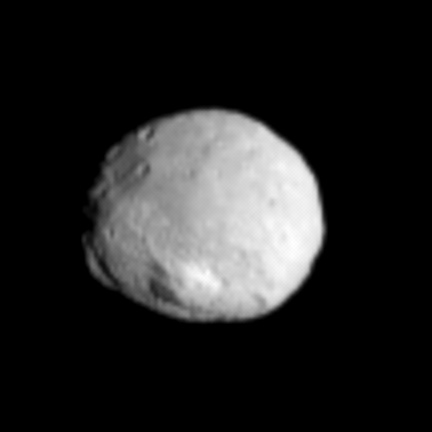
So Carl Sagan Says He Cannot Sing
There is not really anything for me to add except… this is actually pretty excellent and listenable.
Helene Offers a New Mystery
 The tiny moon Helene seems to be experiencing some kind of erosion based on new hires images acquired by the Cassini mission in orbit around Saturn. If this is true, this would be quite a mystery considering the moon’s tiny mass and almost total lack of any gravitational ability to shape it’s own surface. Surely this must be coming from external forces such as ring particles being dumped on the surface in one area and then slowly being shaken downslope by small impacts over a very long time. Maybe?
The tiny moon Helene seems to be experiencing some kind of erosion based on new hires images acquired by the Cassini mission in orbit around Saturn. If this is true, this would be quite a mystery considering the moon’s tiny mass and almost total lack of any gravitational ability to shape it’s own surface. Surely this must be coming from external forces such as ring particles being dumped on the surface in one area and then slowly being shaken downslope by small impacts over a very long time. Maybe?
Another color composite by Gordan Ugarkovic.
And a bonus Helene crescent image with posterization effects removed by Wanderingspace.
Enceladus Sprays the Stars
A New Work of Art
 We may have a new best of Cassini shots with this one. The color composite was executed by Ian Regan who was the creator of another Cassini favorite here at wanderingspace.
We may have a new best of Cassini shots with this one. The color composite was executed by Ian Regan who was the creator of another Cassini favorite here at wanderingspace.
The Cassini Mission in Stark B&W
CASSINI MISSION from Chris Abbas on Vimeo.
Gorgeous idea — taking the raw images from the Cassini mission and making a long flip-book style movie. Leaving in the flaws and noise of raw images happens to add a nice stylistic touch to the overall feeling of the film. The nature of multiple images taken by the spacecraft often with large and small gaps in time coincidentally makes some engaging jumpy into smooth segments.
Sun Goes Boom (Not Really, No Sound in Space)
Titan Looking Very Earthlike
Some Details from Above Earth
These are some of the best icons from chopshopstore’s new tshirt, “Above Earth”.

The International Space Station
Laika aboard Sputnik 2
Hubble Space Telescope
Alan Shepard aboard Freedom (Mercury) 7
See also Yuri Gagarin aboard Vostock 1 here.
Above Earth Tshirt Celebrates 50 Years of Manned Spaceflight
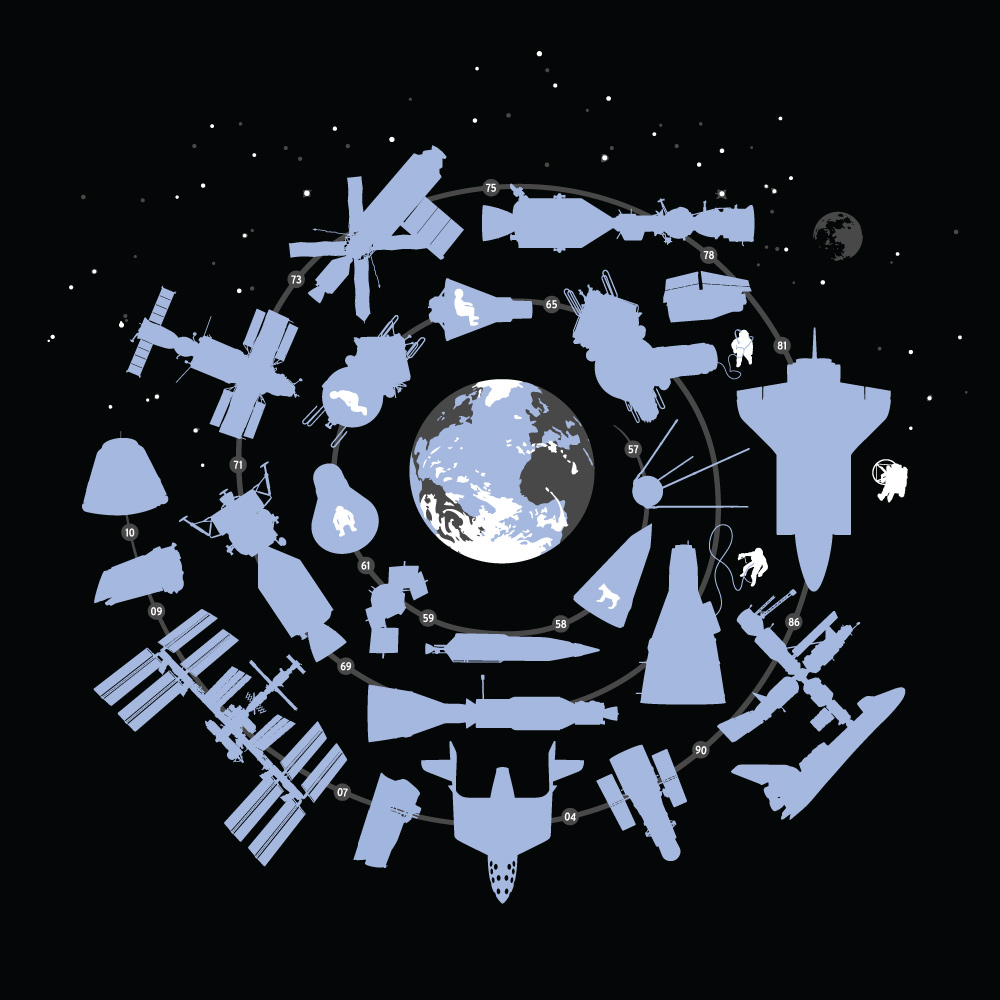 In honor of the 50th anniversary of Yuri Gagarin's historic first manned mission into the great beyond... Chop Shop's newest iconic tshirt was released today featuring 23 historic missions of mankind's exploration of Earth and space. Missions starting with Sputnik -- leading to Yuri Gagarin's first manned mission expanding to today's permanently manned International Space Station.
In honor of the 50th anniversary of Yuri Gagarin's historic first manned mission into the great beyond... Chop Shop's newest iconic tshirt was released today featuring 23 historic missions of mankind's exploration of Earth and space. Missions starting with Sputnik -- leading to Yuri Gagarin's first manned mission expanding to today's permanently manned International Space Station.
The design itself also includes unmanned missions like Sputnik, Hubble as well as missions inhabited by species other than human. A spiraling timeline weaves the missions together and is numbered with significant years of progress. Pre-Order it for Men on American Apparel’s Black, Navy or on Alstyle Black and for Women on American Apparel Black. Look for a children’s version in a few weeks as well.
50 Years of Manned Spaceflight
 April 12 will be the 50th anniversary of manned spaceflight - beginning when Yuri Gagarin climbed aboard Vostok 1 and made 1 orbit of Earth.
April 12 will be the 50th anniversary of manned spaceflight - beginning when Yuri Gagarin climbed aboard Vostok 1 and made 1 orbit of Earth.
Lets Go See Iapetus Again
Mimas Wanders Into the Frame
Earth is Also an Exotic Planet
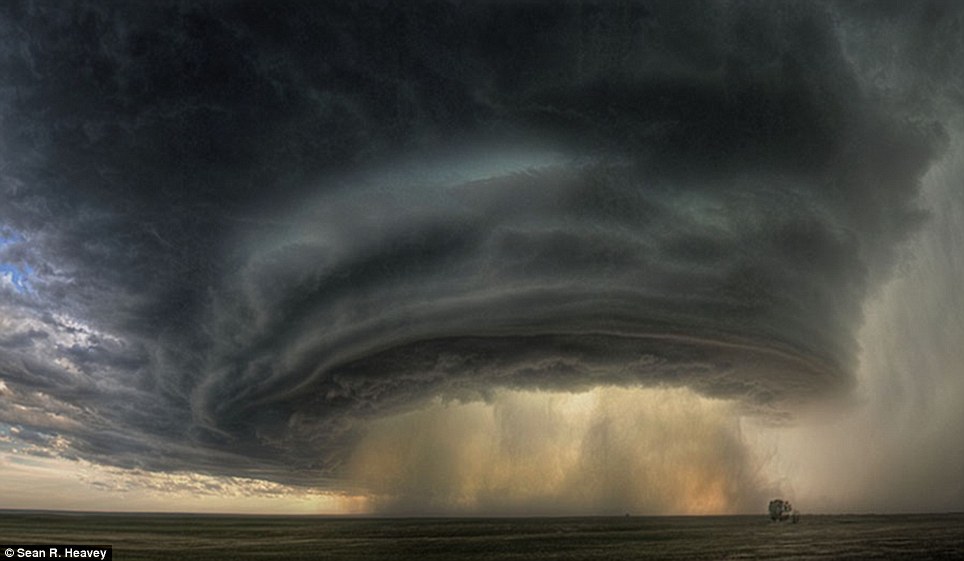 This is a thunderstorm cloud known as a supercell taken by photographer Sean Heavey. More information here.
This is a thunderstorm cloud known as a supercell taken by photographer Sean Heavey. More information here.
Voyager 1 Approach Video by Bjorn Jonsson
Voyager 1 Approach Video by Bjorn Jonsson from Chopping Block on Vimeo.
“This movie is different from similar Voyager movies because I'm keeping Jupiter's size constant. This is accomplished by reprojecting the source images to simple cylindrical projection and then rendering everything using the same viewing geometry. I also sharpened the images a bit to better reveal various details.” — Bjorn Jonsson
The time lapse estimation is about 10 Earth hours per second. Special thanks to unmannedspaceflight.com for all the awesome.
The Great Red Spot
 This is a reprocessed image of Jupiter’s Great Red Spot from the 1979 Voyager 1 encounter with the planet. Old data like this is being crunched by people like Bjorn Jonsson to create new and better detailed images that were not possible when the data sets were originally acquired. For comparison, just take a look at the “official” NASA release of the same image data from back in '79. I do need to begrudgingly note that the contrast and sharpness have been artificially exaggerated in this newer image for appearance.
This is a reprocessed image of Jupiter’s Great Red Spot from the 1979 Voyager 1 encounter with the planet. Old data like this is being crunched by people like Bjorn Jonsson to create new and better detailed images that were not possible when the data sets were originally acquired. For comparison, just take a look at the “official” NASA release of the same image data from back in '79. I do need to begrudgingly note that the contrast and sharpness have been artificially exaggerated in this newer image for appearance.
Epoxy Hartley 2 Encounter

Now That is a Comet
The Plumes of Enceladus
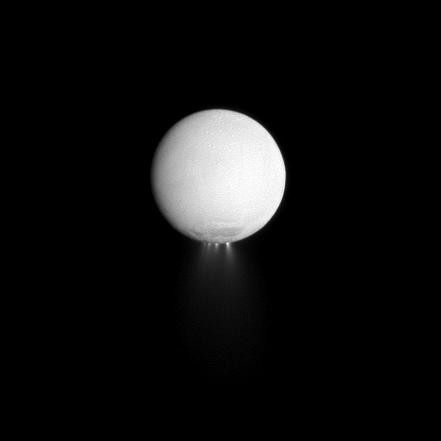 This is the best lit image taken of the plumes of Enceladus thus far by Cassini. The moon is lit from the front by Saturnshine and the plumes are being back-lit by the Sun directly behind. A perfect alignment for revealing active geysers on a small moon.
This is the best lit image taken of the plumes of Enceladus thus far by Cassini. The moon is lit from the front by Saturnshine and the plumes are being back-lit by the Sun directly behind. A perfect alignment for revealing active geysers on a small moon.
DIY Space Exploration
The video you are watching comes from a camera attached to a weather balloon that rose into the upper stratosphere and recorded Earth against the blackness of space. This is amazing if you consider its a family that just decided to try it. Anyone could have done this before NASA or the Soviets had the ability to video record been as common as it is today. It is also worth noting that this is fairly similar to the way the Air Force did actually obtain the first ever images of Earth from space.

